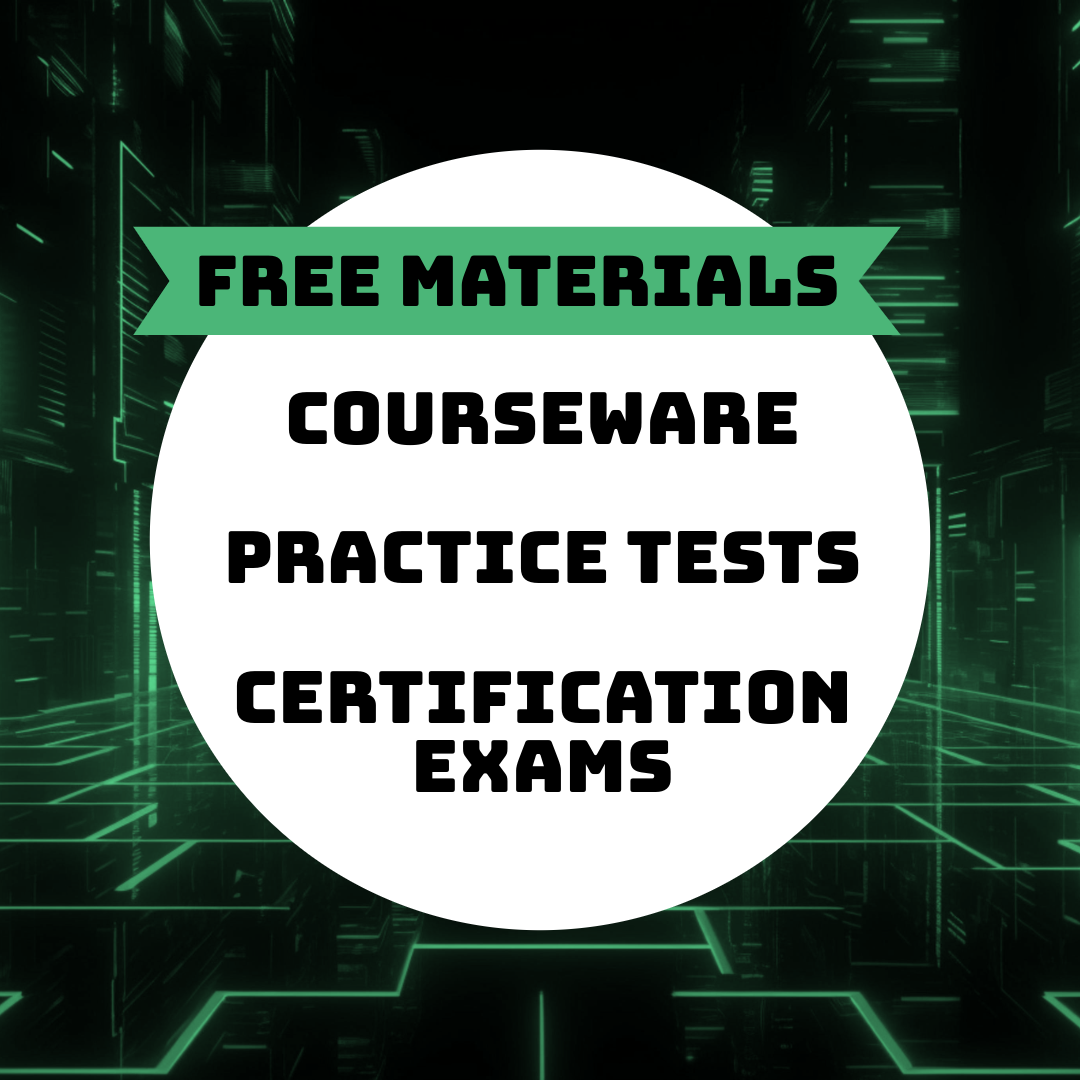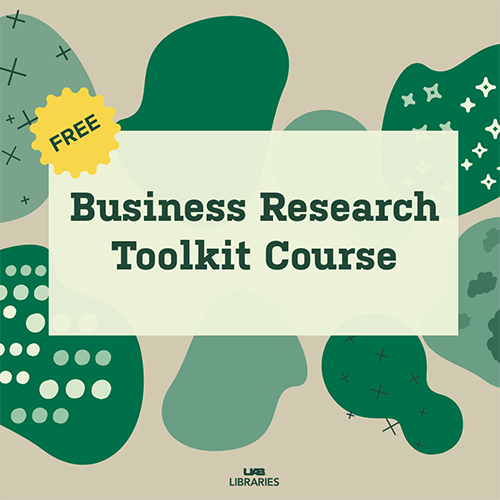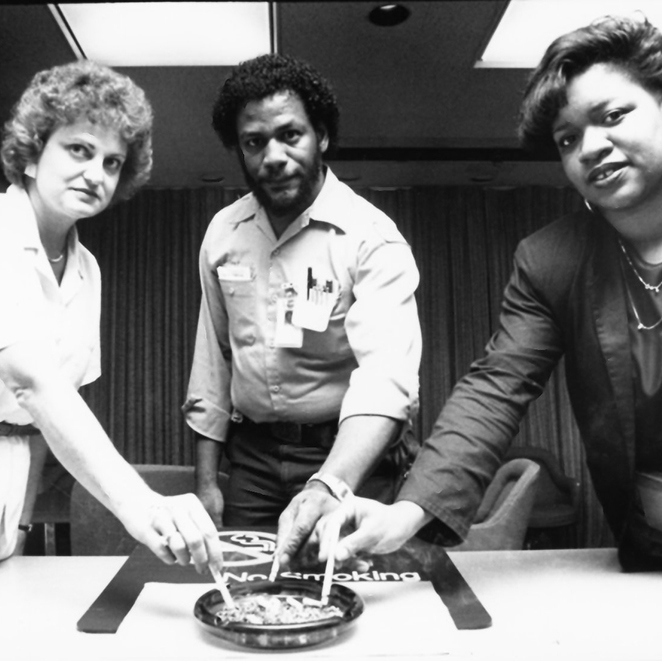News

 Employees and students interested in learning how to use UAB’s 3D printers can sign up for one of 10 upcoming training sessions offered by UAB Libraries this spring. Completing a training session is required before users can begin printing their own projects — but at just 1.5 hours long and offered both online and in-person, the rewards far outweigh the relatively small time investment, said Technology Labs Manager Patrick Boggs, who leads the training session.
Employees and students interested in learning how to use UAB’s 3D printers can sign up for one of 10 upcoming training sessions offered by UAB Libraries this spring. Completing a training session is required before users can begin printing their own projects — but at just 1.5 hours long and offered both online and in-person, the rewards far outweigh the relatively small time investment, said Technology Labs Manager Patrick Boggs, who leads the training session.
“3D printing lets users be creative in so many ways,” Boggs said. “Lots of people print for fun — they make game figurines or intricate pots for plants, things like that — but what’s special about printing at UAB is that we’re uniquely placed to help with research and other campus initiatives.
“Folks at UAB have discovered really unique ways to incorporate 3D-printed items into their projects, like making molds for silicone tools used in heart research, or cases for GPS units the football team uses. The options really are endless.”
Sign up for a training that works for you
During the training, Blazers are given access to printer queues for both Sterne Library and Lister Hill Library 3D printing via 3DPrinterOS. 3DPrinterOS is a cloud-based system that lets users monitor the ongoing print queue to see when printers are available and check the progress of their jobs; several of the 3D printers managed in 3DPrinterOS have cameras attached so users can watch how their prints are coming along. Users also automatically receive a time-lapse video of their items being printed via email once the objects are complete.
Sessions continue through April 18; you also can find them on the Campus Calendar.
Introductory 3D Printer Training
- Feb. 6, noon-1:30 p.m., Lister Hill Library Virtual Reality Studio (110)
- Feb. 12, noon-1:30 p.m., LibLab (Sterne Library 112)
- Feb. 21, noon-1:30 p.m., virtual
- March 6, 11 a.m.-12:30 p.m., LHL Virtual Reality Studio (110)
- March 21, 11 a.m.-12:30 p.m., virtual
- April 3, noon-1:30 p.m., LHL Virtual Reality Studio (110)
- April 9, 1 p.m.-2:30 p.m., LibLab (Sterne 112)
- April 18, noon-1:30 p.m., virtual
Introductory SLA 3D Printer Training

 Through a continued membership with Unity Academic Alliance, UAB students and employees can earn industry-recognized certifications in programming, artistry and game development from Unity, a real-time software development platform used to create content for virtual, augmented and mixed-reality, AI-driven simulations, and 2D and 3D video games.
Through a continued membership with Unity Academic Alliance, UAB students and employees can earn industry-recognized certifications in programming, artistry and game development from Unity, a real-time software development platform used to create content for virtual, augmented and mixed-reality, AI-driven simulations, and 2D and 3D video games.
The membership enables UAB students, faculty and staff to request no-cost, voucher-based access to Unity courseware, practice test content and certification exams. Available certifications include Certified Associate Programmer, Certified Associate Artist and Certified Associate Game Developer. Certification vouchers are available on a first-come, first-served basis; UAB’s Unity Academic Alliance membership will conclude when all vouchers are claimed.
“Unity developers remain in high demand in a variety of industry, from engineering, to film, to animation,” said Kevin Hebert, associate dean for Technology and Technical Services in UAB Libraries. “When we launched this program in spring 2024, we saw huge interest, so we know folks are interested in the skills these certifications encourage. We’re excited to offer it again and continue to support students as they combine what they learn in class with specific skills to develop portfolios for their post-graduation job search.”
How to get started
Blazers can begin earning Unity certifications by requesting vouchers through the UAB Libraries partnership; remember, the number of certifications available is limited and will be awarded on a first-come, first-served basis. Once an employee or student has selected a learning pathway (Programmer, Artist or Game Developer), they can request courseware, practice test and certification exam vouchers through UAB Libraries.
Employees also can request Unity Academic Alliance member portal access to view curricular frameworks and other materials to support instruction and classroom use of Unity for different applications.
Visit the Unity Academic Alliance page in the Library Technology Labs research guide to learn more.

 Register for the spring 2025 Business Research Toolkit course to learn business research skills and discover no-cost online resources and subscription databases available through UAB Libraries. Available to all UAB students and employees, the asynchronous Canvas course is self-paced, enabling enrollees to fit it into any busy schedule. Registration is open now; the course runs Feb. 3-March 30.
Register for the spring 2025 Business Research Toolkit course to learn business research skills and discover no-cost online resources and subscription databases available through UAB Libraries. Available to all UAB students and employees, the asynchronous Canvas course is self-paced, enabling enrollees to fit it into any busy schedule. Registration is open now; the course runs Feb. 3-March 30.

The January 2025 Image of the Month, UAB employees mark the declaration of a smoke-free campus, 1990, has been posted.

Join librarians from UAB Libraries’ Clinical, Academic and Research Engagement team to learn how to use three key tools available at no cost to faculty, staff and student researchers.
Curious what else is available to bolster your research skills? Researchers also can access nearly 650 more research tools and information databases online at no cost through UAB Libraries.

CINAHL
CINAHL is an index of English-language and selected other-language journal articles about nursing, allied health, biomedicine and health care.
By the end of a workshop, you’ll be able to:
- Build a basic search by developing search concepts
- Use Boolean Operators to connect search concepts
- Use Automatic Term Mapping in a search (Advanced course)
- Utilize Medical Subject Headings (Advanced course)
- Use Field Codes in a search (Advanced course)
Open workshops (all online):
- Jan. 23, noon-1 p.m. — Introduction to CINAHL
- April 16, noon-1 p.m. — Introduction to CINAHL

EndNote
EndNote is a bibliographic management platform designed to help users collect citations in one place and update them easily and quickly from one style to another.
By the end of a workshop, you’ll be able to:
- Create and organize a library of citations
- Send citations from various databases to EndNote
- Use EndNote to find PDFs of your citations
- Insert and edit EndNote citations in a Word document
Open workshops (all online):
- Jan. 28, noon-1 p.m. — Introduction to EndNote
- Feb. 20, noon-1 p.m. — Introduction to EndNote
- March 20, noon-1 p.m. — Introduction to EndNote
- April 9, noon-1 p.m. — Introduction to EndNote

PubMed
PubMed is one of the most robust medical literature databases, comprising more than 37 million citations for biomedical literature from MEDLINE, life science journals and online books.
By the end of a workshop, you’ll be able to:
- Build a basic search by developing search concepts
- Use Boolean Operators to connect search concepts
Open workshops (all online):
- Feb. 11, noon-1 p.m. — Introduction to PubMed
- March 19, noon-1 p.m. — Introduction to PubMed


 Certified Associate Game Developer
Certified Associate Game Developer